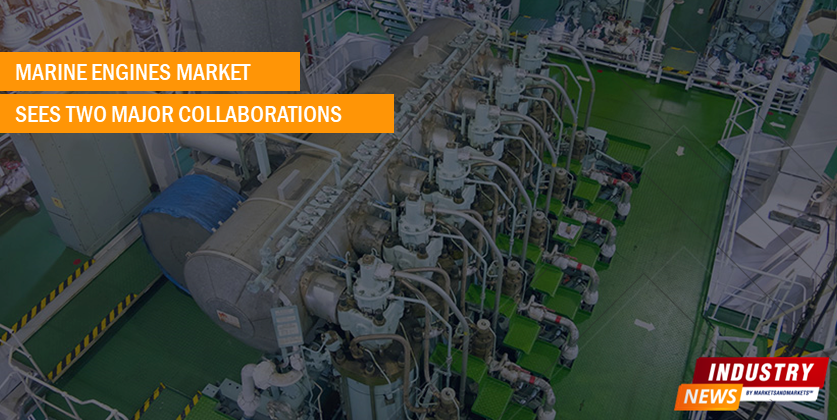The marine engines market is currently navigating a complex landscape, balancing the demands of global trade with the growing need for cleaner, more sustainable operations. Valued at an estimated $13.1 billion in 2024, the global market is projected to reach $15.2 billion by 2029, reflecting a steady compound annual growth rate (CAGR) of 3.0%.
Driving Forces Behind Market Growth
Expanding International Marine Freight Transport
The growth of international marine freight transport serves as a critical driver for the marine engines market. The global economy relies heavily on the efficient movement of goods across vast distances, and maritime transport remains the most cost-effective method for bulk cargo. As economies in Asia, Africa, and South America continue to expand, import and export activities will further amplify the demand for maritime freight transport, creating a greater need for ships and, consequently, marine engines.
The Need for Engine Replacements
The global maritime fleet includes a significant number of older vessels that are approaching the end of their lifespan. Replacing these aging engines with newer, more fuel-efficient, and environmentally friendly models is crucial for sustainable operations.
Download PDF Brochure – https://www.marketsandmarkets.com/pdfdownloadNew.asp?id=261640121
Challenges and Restraints
Stringent Environmental Regulations
Stringent environmental regulations, particularly those aimed at reducing emissions of sulfur oxides (SOx), nitrogen oxides (NOx), and particulate matter, pose a double-edged sword for the marine engine market. While they act as a restraint on traditional engine technologies like those that rely on Heavy Fuel Oil (HFO), they also present significant opportunities for innovation and the development of cleaner solutions.
Volatile Oil and Gas Prices
The volatility of oil and gas prices presents a significant challenge for shipowners and engine manufacturers. Fluctuating fuel costs can significantly impact profitability, especially for vessels with traditional, fuel-intensive engines, incentivizing ship owners to seek more fuel-efficient technologies and pushing manufacturers to invest in research and development.
Opportunities for Innovation
Rising Demand for Dual-Fuel and Hybrid Engines
The marine engine market is witnessing a surge in demand for dual-fuel and hybrid engine systems. Dual-fuel engines offer shipowners greater flexibility by operating on two different fuel types, such as Marine Gas Oil (MGO) and Liquefied Natural Gas (LNG). Hybrid propulsion systems, which combine internal combustion engines with electric motors and battery banks, also offer significant emission reductions.
Market Segmentation
The marine engines market can be segmented based on various factors:
-
Engine Type: Propulsion engines, which drive the vessel, hold the largest market share due to their central role in ship operations. Auxiliary engines, which power onboard equipment, also represent a significant segment.
-
Type: Two-stroke engines, known for their high power output at low speeds, currently dominate the market, particularly for large vessels. However, four-stroke engines are gaining traction due to their lower emissions.
-
Fuel: Marine Diesel Oil (MDO) currently holds the largest market share due to its versatility and balance between cost and emissions. However, cleaner alternatives like LNG and biofuels are expected to grow in popularity.
-
Power Range: The market is segmented by power output, ranging from engines with up to 1,000 hp to those exceeding 20,000 hp, catering to various vessel sizes and operational requirements.
Regional Insights
The Asia Pacific region currently dominates the marine engines market, driven by its thriving shipbuilding industry and cost-competitive manufacturing base. Countries like China, South Korea, and Japan have established expertise in shipbuilding, leading to a high demand for marine engines within the region.
Top Companies in Marine Engine Industry
The marine engine market is characterized by the presence of well-established companies with extensive expertise and global reach. Some of the key players include:
-
Caterpillar (US)
-
Wärtsilä (Finland)
-
Man Energy Solutions (Germany)
-
AB Volvo Penta (Sweden)
-
Rolls-Royce Plc (UK)
-
Mitsubishi Heavy Industries, Ltd. (Japan)
-
Cummins Inc. (US)
-
Daihatsu Diesel Mfg. Co., Ltd. (Japan)
-
Deutz AG (Germany)

